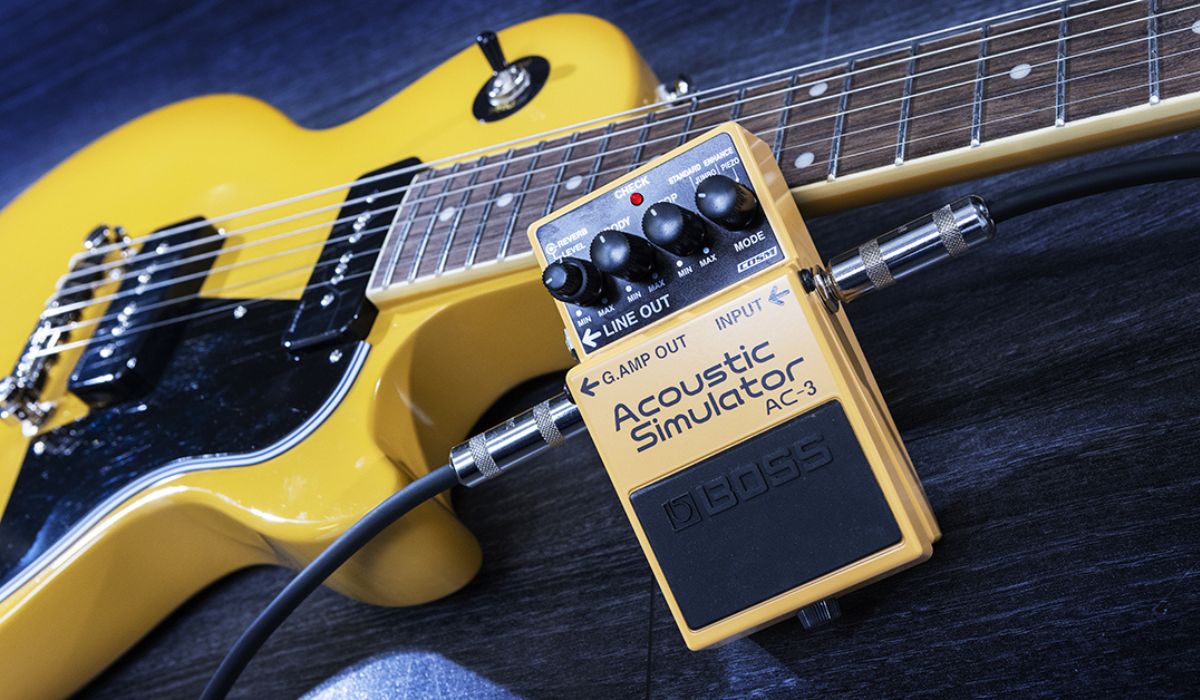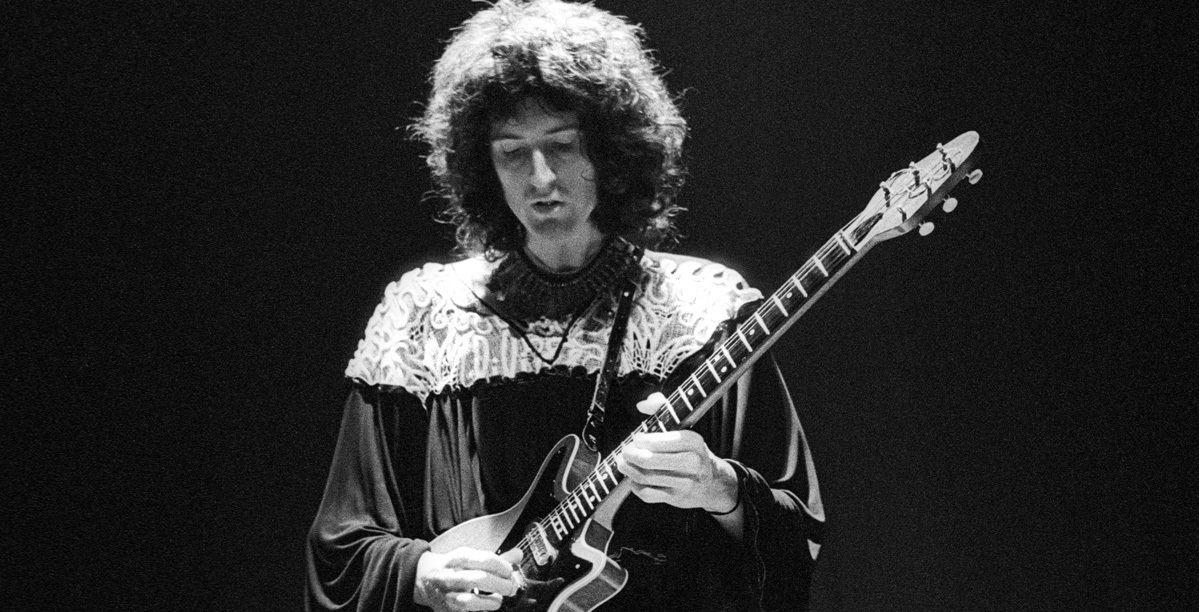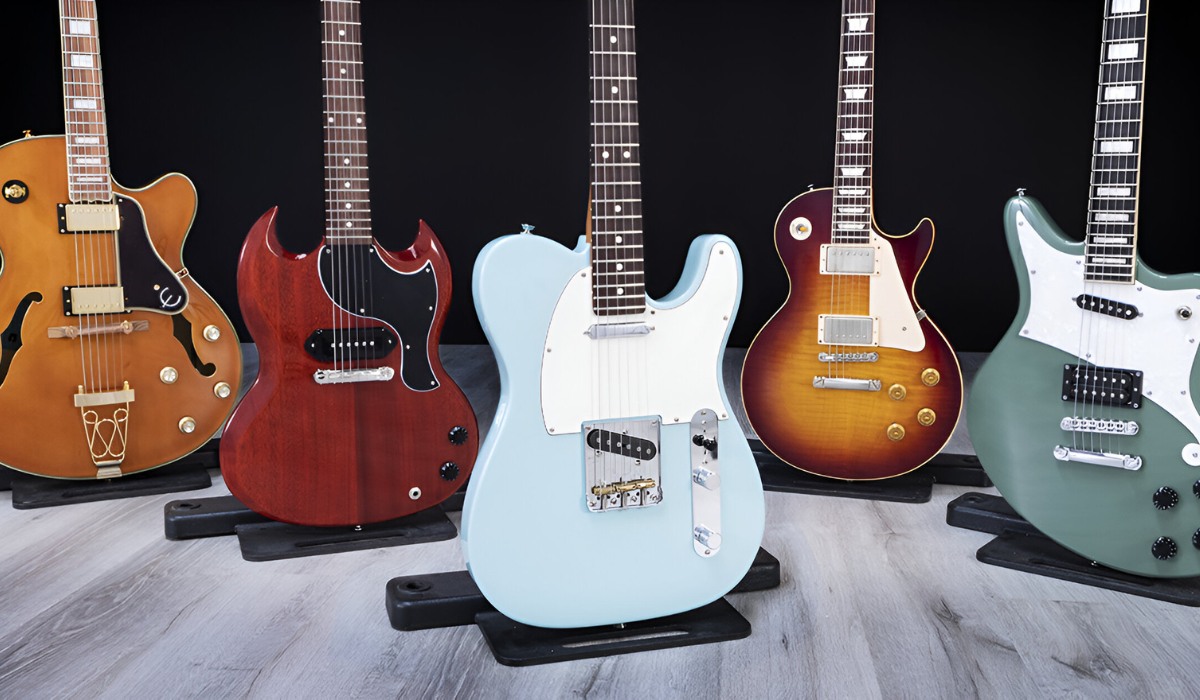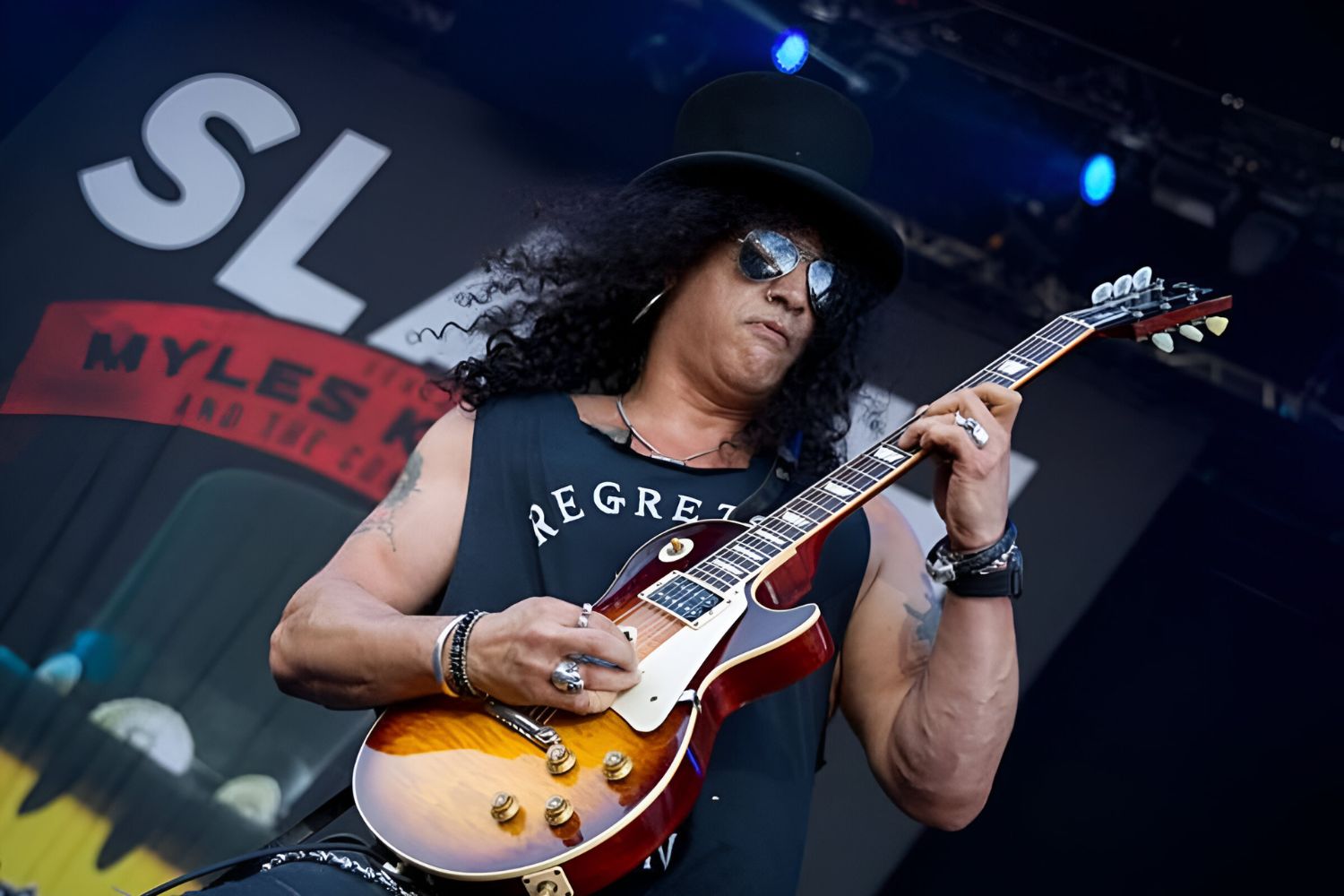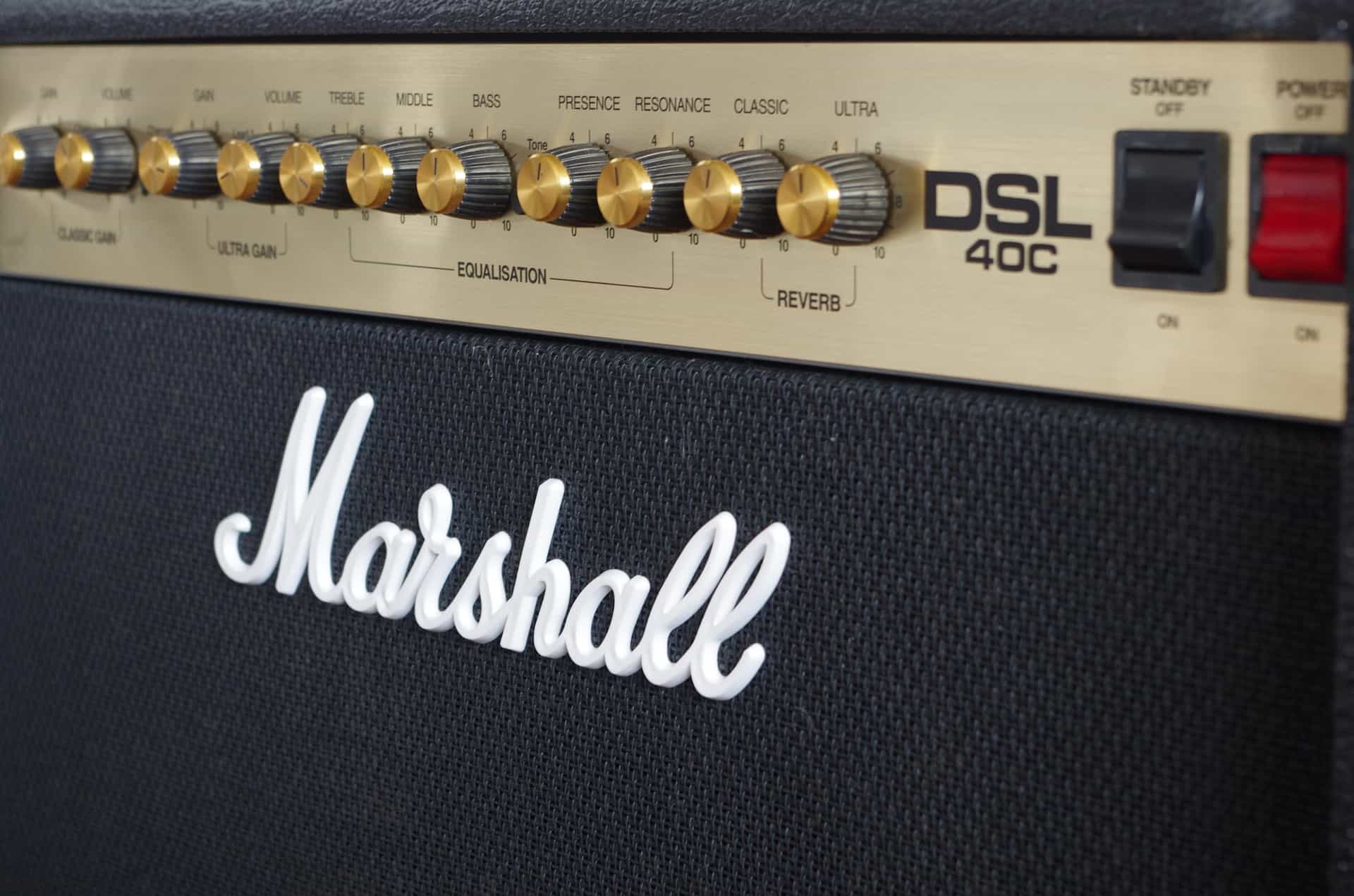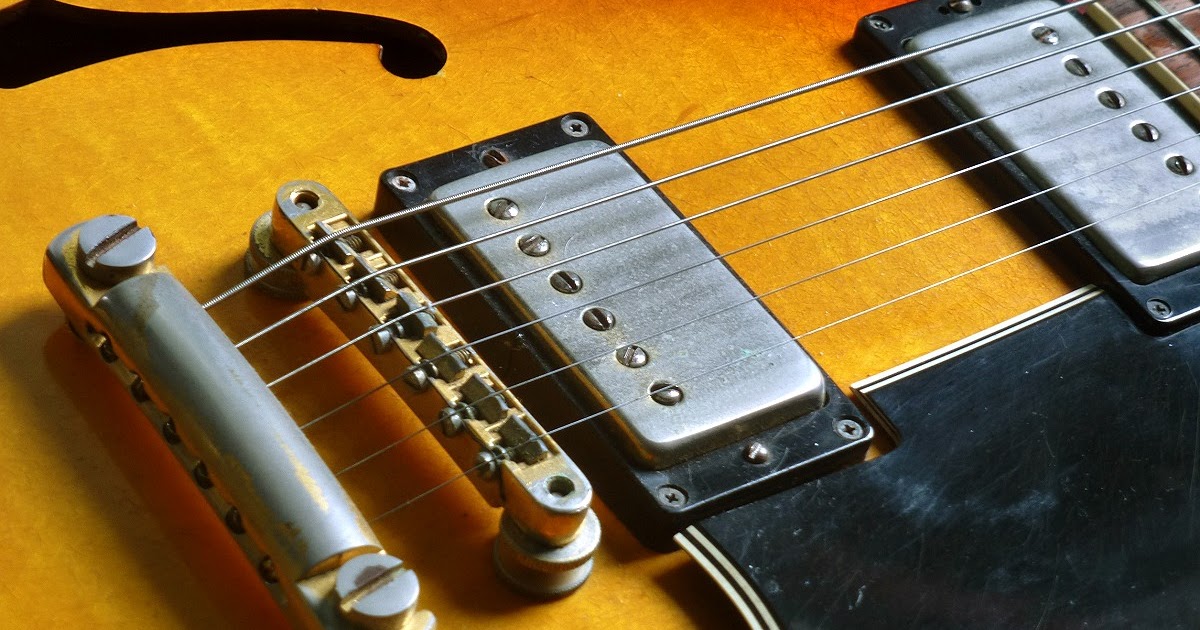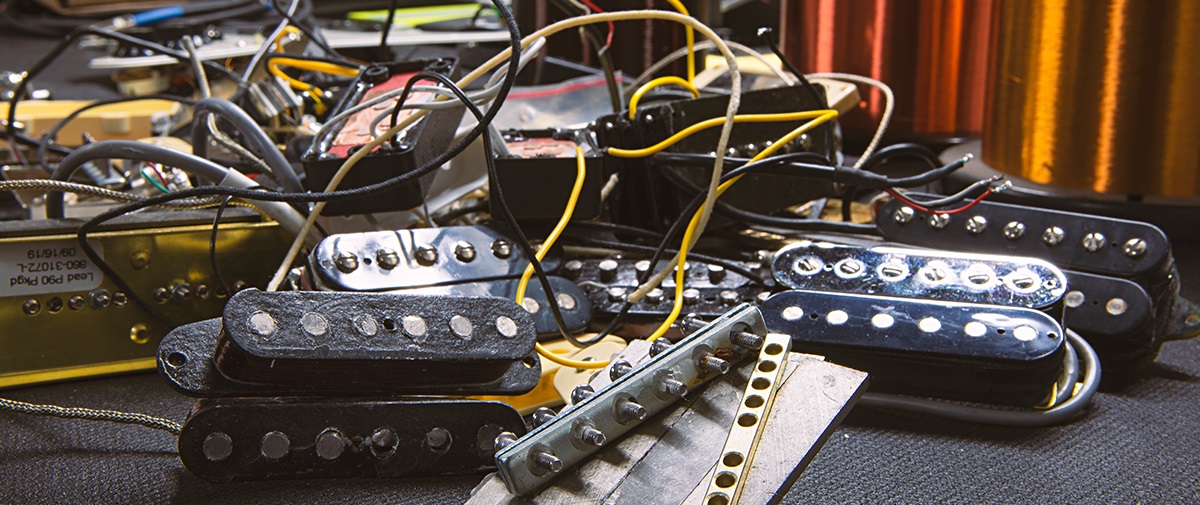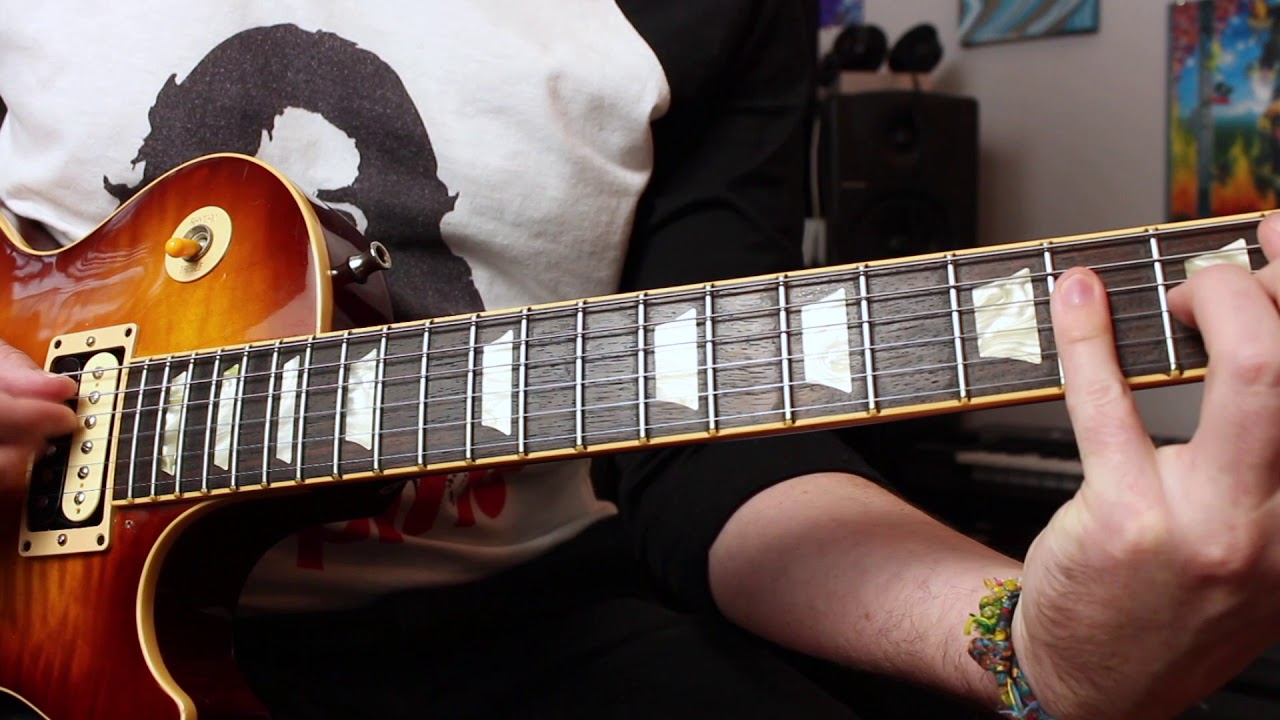Choosing the Right Pickups
When it comes to crafting a rock sound on your electric guitar, the choice of pickups plays a pivotal role. Pickups are the heart of your electric guitar’s tone, and selecting the right ones can significantly impact the overall sound and feel of your instrument. Here’s how you can make your electric guitar sound more rock by choosing the right pickups:
- Single-Coil vs. Humbucker: The first decision to make is whether to go for single-coil pickups or humbuckers. Single-coil pickups tend to have a brighter and clearer tone, ideal for classic rock and bluesy sounds. On the other hand, humbuckers offer a thicker, warmer tone with more output, making them well-suited for hard rock and heavy metal.
- Consider the Output: The output level of the pickups also plays a crucial role in achieving a rock sound. Higher output pickups can drive your amp harder, resulting in a more aggressive and overdriven tone, perfect for rock and metal genres. Lower output pickups, while cleaner, may not deliver the punch and sustain needed for a classic rock sound.
- Experiment with Coil-Splitting: Some pickups come with coil-splitting capabilities, allowing you to switch between single-coil and humbucker tones. This feature provides versatility, enabling you to access a wide range of sounds from your guitar, making it a valuable option for rock players who require flexibility in their tone.
- Test Different Pickup Configurations: Electric guitars often feature multiple pickups, such as the classic combination of a bridge and neck pickup. Experimenting with different pickup configurations can yield diverse tonal options. For instance, using the bridge pickup can deliver a brighter and more aggressive sound, while the neck pickup produces a warmer and rounder tone, both of which are commonly utilized in rock music.
By carefully considering these factors and experimenting with various pickup options, you can tailor your electric guitar’s sound to suit the distinct characteristics of rock music. The right pickups will serve as the foundation for achieving the gritty, powerful, and expressive tones that define the rock genre.
Using Distortion and Overdrive Pedals
Distortion and overdrive pedals are indispensable tools for shaping the raw, energetic sound that defines rock music. By effectively utilizing these pedals, you can infuse your electric guitar with the grit and intensity essential for a compelling rock sound. Here’s how you can make your electric guitar sound more rock by using distortion and overdrive pedals:
- Understanding Distortion vs. Overdrive: It’s crucial to grasp the distinction between distortion and overdrive. While both pedals add grit and saturation to your guitar’s signal, overdrive pedals are known for producing a warmer, more natural breakup akin to the sound of a cranked tube amp, making them suitable for classic rock tones. On the other hand, distortion pedals generate a more aggressive, heavily saturated sound, ideal for heavier rock and metal genres.
- Experiment with Gain Staging: Gain staging involves strategically setting the levels of distortion or overdrive to achieve the desired amount of saturation. By adjusting the pedal’s gain knob and the guitar’s volume control, you can explore a spectrum of tones, from a mild overdrive for bluesy passages to a searing distortion for intense rock riffs.
- Layering Overdrive and Distortion: For a richer and more complex tone, consider stacking overdrive and distortion pedals. This technique can yield a harmonically rich sound with enhanced sustain, allowing for greater expressiveness and depth in your playing, a hallmark of many iconic rock guitar tones.
- Utilize Tone Controls: Many distortion and overdrive pedals feature tone controls that shape the frequency response of the affected signal. Adjusting these controls can tailor the pedal’s sound to complement your guitar and amp setup, enabling you to sculpt a tone that cuts through the mix and exudes the characteristic aggression and edge associated with rock music.
By harnessing the sonic capabilities of distortion and overdrive pedals, you can imbue your electric guitar with the raw power and dynamic character essential for rock music. These pedals serve as the gateway to a world of expressive and aggressive tones, empowering you to unleash the full sonic potential of your instrument.
Adjusting the Tone and Volume Knobs
While exploring the realm of rock guitar tones, mastering the art of manipulating the tone and volume knobs on your electric guitar can yield a wealth of sonic possibilities. These often-overlooked controls are instrumental in shaping the timbre, dynamics, and overall character of your instrument’s sound. Here’s how you can make your electric guitar sound more rock by skillfully adjusting the tone and volume knobs:
- Utilize the Tone Knob: The tone knob on your guitar allows you to adjust the brightness or warmth of the sound. Rolling off the tone knob can produce a darker, mellower tone, ideal for achieving a smoother, bluesy sound. In contrast, turning the tone knob up can add brightness and bite, providing the cutting edge and clarity necessary for rock leads and riffs.
- Experiment with Pickup Blending: Many electric guitars feature multiple pickups, each with its own unique sonic characteristics. By blending the output of different pickups using the pickup selector and volume knobs, you can craft a diverse array of tones. For instance, blending the bridge and neck pickups can yield a balanced yet punchy sound favored in rock music, while favoring the bridge pickup can deliver a more aggressive and assertive tone.
- Dynamic Volume Control: Manipulating the volume knob on your guitar can profoundly influence the dynamics and character of your playing. Rolling back the volume knob slightly can clean up your tone, providing a softer, more subdued sound for passages that require finesse. Conversely, cranking up the volume knob can unleash the full power of your pickups, delivering a punchy, aggressive sound ideal for driving rock rhythms and searing leads.
- Interactive Tone Shaping: The interaction between the tone and volume knobs is a crucial aspect of sculpting your guitar’s sound. Adjusting the volume knob while simultaneously tweaking the tone knob can yield nuanced tonal variations, allowing you to seamlessly transition from clean, mellow passages to biting, overdriven sections, providing a dynamic and expressive sonic palette for your rock playing.
By mastering the manipulation of these fundamental controls, you can unlock a vast spectrum of tones and textures, enabling your electric guitar to seamlessly adapt to the diverse sonic requirements of rock music. The judicious use of tone and volume knobs empowers you to sculpt a dynamic and expressive sound that captures the essence of rock’s raw energy and emotive power.
Experimenting with Different Amp Settings
When aiming to infuse your electric guitar with a distinctive rock sound, the settings on your amplifier play a pivotal role in shaping the overall tone and sonic character of your instrument. By exploring and manipulating various amp settings, you can unlock a diverse array of tones that are quintessential to the rock genre. Here’s how you can make your electric guitar sound more rock by experimenting with different amp settings:
- Gain and Overdrive: Adjusting the gain control on your amplifier can significantly impact the level of overdrive and distortion in your tone. Increasing the gain yields a more aggressive, saturated sound, ideal for driving rock rhythms and blistering leads. Experimenting with different gain levels allows you to tailor the amount of grit and intensity in your tone to suit the specific demands of rock music.
- Tone Controls: Most amplifiers are equipped with tone controls, such as bass, midrange, and treble knobs, which enable you to sculpt the frequency response of your guitar’s signal. Tinkering with these controls can shape the overall tonal characteristics of your sound, allowing you to dial in the requisite warmth, presence, and edge that define a compelling rock tone.
- Speaker Selection: If your amplifier offers multiple speaker outputs or a speaker emulation feature, experimenting with different speaker configurations can yield varied tonal textures. Certain speakers may emphasize the midrange, providing a vocal and punchy sound ideal for rock rhythm playing, while others may accentuate the highs and lows, delivering a more expansive and dynamic sonic profile suitable for lead work.
- Reverb and Effects: Incorporating reverb and other effects into your amp settings can add depth and dimension to your tone. A touch of reverb can create a sense of space and ambience, enhancing the grandeur and expansiveness of your sound, while other effects like delay and modulation can infuse your playing with a captivating and ethereal quality, enriching the sonic tapestry of your rock compositions.
By delving into the sonic capabilities of your amplifier and exploring the myriad tonal options it offers, you can uncover a wealth of expressive and evocative sounds that encapsulate the essence of rock music. The judicious manipulation of amp settings empowers you to sculpt a dynamic and compelling sonic palette that resonates with the raw power and emotive fervor synonymous with rock.
Adding Effects like Delay and Reverb
Introducing effects such as delay and reverb to your electric guitar’s signal can elevate your sonic landscape, infusing it with depth, atmosphere, and a captivating sense of space. These effects are integral to crafting the immersive and evocative textures that define rock music. Here’s how you can make your electric guitar sound more rock by incorporating effects like delay and reverb:
- Embracing Delay: Delay effects create echoes of your guitar’s sound, adding a sense of spaciousness and dimension to your playing. By adjusting the delay time, feedback, and mix controls, you can create rhythmic patterns, ambient textures, and soaring lead lines that resonate with the expansive and dynamic qualities synonymous with rock music. Experimenting with various delay settings allows you to tailor the effect to suit different musical passages, from atmospheric intros to soaring solos.
- Harnessing Reverb: Reverb imparts a sense of acoustic richness and enveloping ambiance to your guitar tone. Whether it’s a subtle touch of spring reverb for vintage twang or a lush hall reverb for cavernous depth, incorporating reverb into your sound adds a captivating sense of space and grandeur, enhancing the immersive quality of your playing. By adjusting the reverb decay, pre-delay, and mix parameters, you can sculpt a sonic environment that resonates with the emotive power and expansiveness inherent in rock music.
- Layering Effects: Combining delay and reverb can yield lush, ethereal textures that imbue your playing with a mesmerizing and atmospheric quality. The interplay between these effects can create a sense of depth and movement, enriching your sound with a captivating sonic tapestry that captures the emotive fervor and grandeur synonymous with rock compositions.
- Utilizing Tap Tempo: If your delay pedal features a tap tempo function, you can synchronize the delay time to the tempo of your music, allowing for rhythmic precision and seamless integration of delay effects into your compositions. This capability enables you to create pulsating rhythmic patterns and precisely timed echoes that enhance the rhythmic drive and dynamic intensity of your rock performances.
By integrating delay and reverb effects into your sonic arsenal, you can imbue your electric guitar with a sense of depth, atmosphere, and sonic grandeur that resonates with the immersive and emotive qualities intrinsic to rock music. These effects serve as a gateway to a sonic realm brimming with expressive textures and evocative soundscapes, enriching your playing with a captivating and immersive sonic identity.
Playing Techniques for a Rock Sound
Mastering specific playing techniques is essential for achieving the signature rock sound on the electric guitar. From aggressive power chords to searing solos, these techniques contribute to the raw energy and expressive character that define rock music. Here’s how you can make your electric guitar sound more rock by employing playing techniques tailored to the genre:
- Power Chords and Palm Muting: Power chords, consisting of the root note and the fifth, are a cornerstone of rock rhythm playing, delivering a punchy and assertive sound. Employing palm muting, where the edge of your picking hand lightly rests on the strings near the bridge, adds a percussive and tight quality to the power chords, creating a driving and aggressive rhythmic foundation that underpins the intensity of rock music.
- Bending and Vibrato: Incorporating expressive bending and vibrato techniques infuses your lead playing with emotive depth and dynamic character. Bends, where you raise the pitch of a note, and vibrato, where you modulate the pitch of a sustained note, add a vocal quality and emotional resonance to your solos, allowing you to imbue your playing with the impassioned and soaring qualities emblematic of rock guitar expression.
- Alternate Picking and Riffs: Employing alternate picking, where you use a down-up picking motion, facilitates precision and speed, enabling you to execute rapid-fire riffs and intricate melodic passages with clarity and articulation. Crafting compelling riffs characterized by infectious grooves, catchy hooks, and aggressive motifs forms the bedrock of many iconic rock compositions, defining the genre’s distinctive sonic identity.
- Slide and Whammy Bar Techniques: Embracing slide guitar techniques and utilizing the whammy bar introduces a touch of bluesy expressiveness and dynamic pitch modulation to your playing. Slide guitar imparts a soulful and blues-inflected quality to your lead lines, infusing them with a raw and emotive character, while the whammy bar enables dramatic pitch bends and expressive dive bombs, adding a sense of theatrical flair and dynamic intensity to your rock performances.
By honing these essential playing techniques and integrating them into your musical repertoire, you can cultivate a commanding and expressive rock guitar sound that resonates with the genre’s raw energy and emotive fervor. These techniques serve as the building blocks for crafting dynamic and compelling musical expressions that capture the essence of rock’s visceral power and impassioned spirit.







